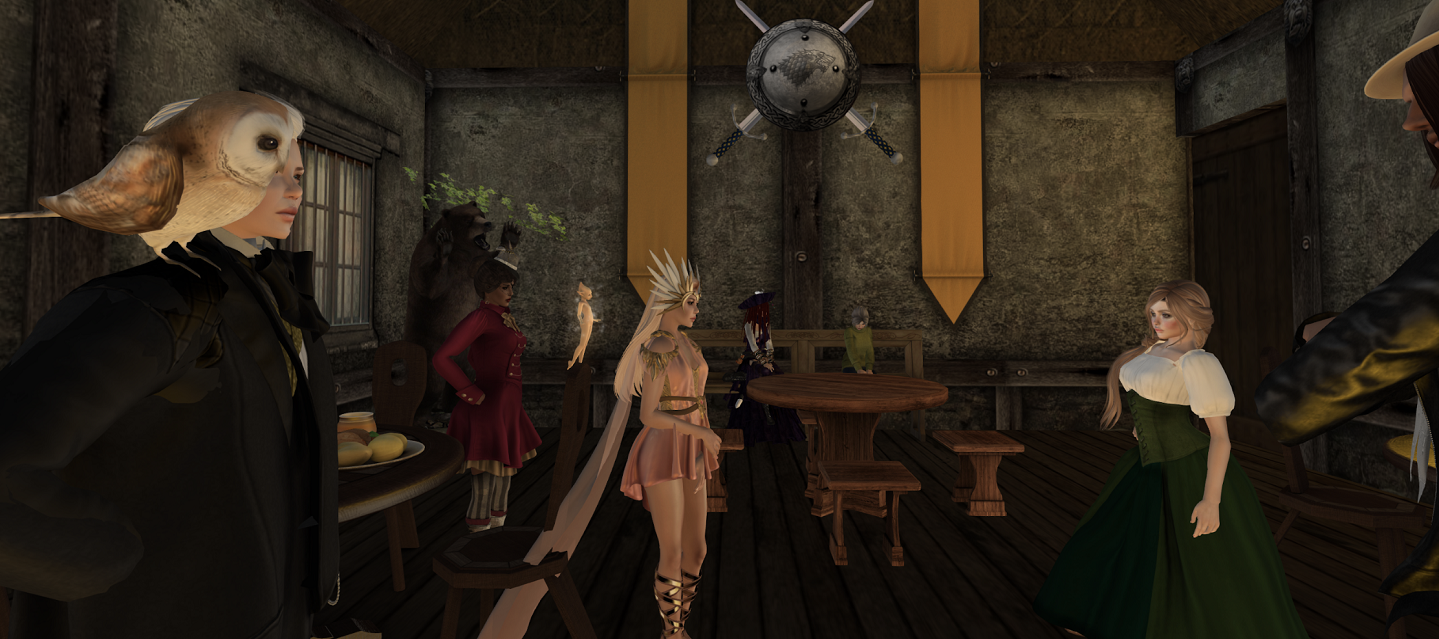Tag: Featured
-

The Online Larp Road Trip
The pandemic was catastrophic for physical larp but also acted as the catalyst for the development of online larp.
-

Culture, Community, and Layers of Reality: Playing Allegiance
A pervasive larp about the Cold War and the diplomacy needed to stave off nuclear Armageddon.
-

Leading With Larp Magic
in
To write larps and invite people to take part in your story is to be a leader.
-

Larp as a Player, Larp as a Character
in
Theorizing engaging with the larp as both a character and as a player.
-

Beyond Cracking Eggs
in
Larp made me trans; what next? A conversation between four larpers whose eggs cracked a long time ago.
-

Participatory Ritual Vocalization
in
How to use vocalization to create a sense of shared ritual in larps?
-

“Never Give Up, Never Surrender”
in
Factors that can help players to enter that space in their minds where everything becomes real.
-

Pandemic Larp Improvisation
Larp organizers have learned a thing or two about organizing scenarios. How have we applied those skills during the COVID-19 pandemic?

